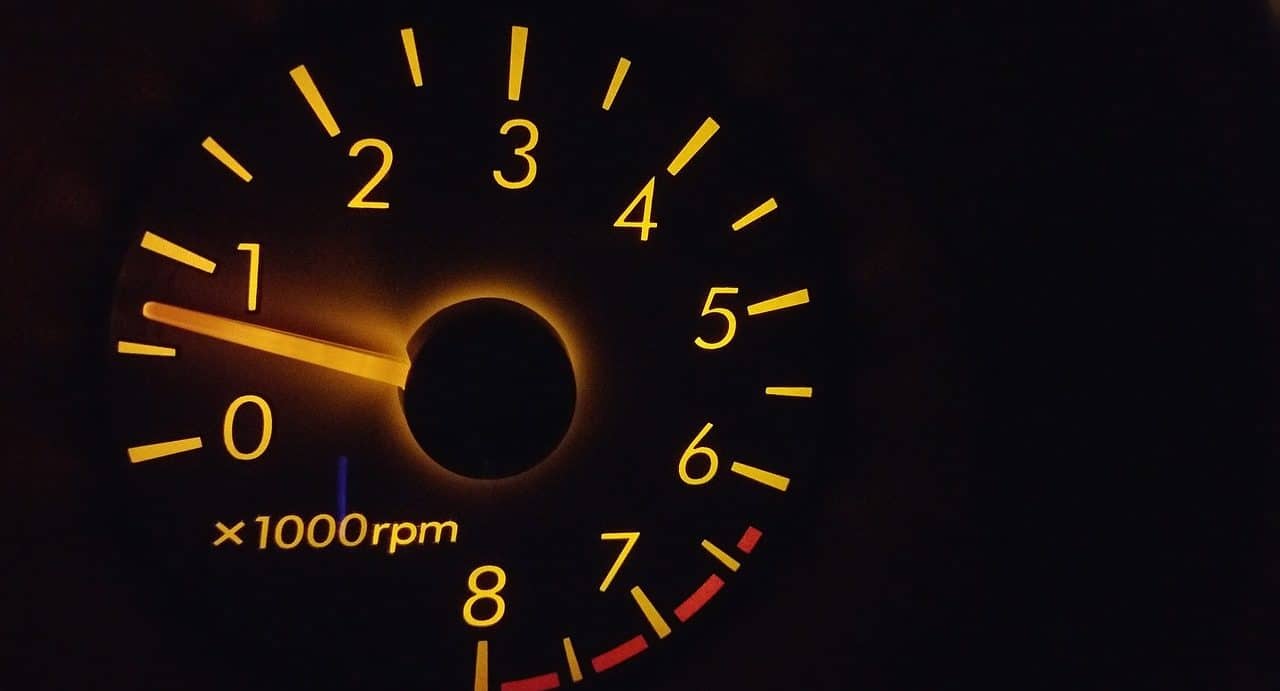
A tachometer usually measures revolutions per minute.
Tachometer is the name of the device that is responsible for measuring the number of revolutions (turns) of an axle . By measuring the number of revolutions, you also measure the speed at which the shaft rotates and, by extension, the speed at which a motor rotates.
Before moving forward, we can say that tachometer is a term that derives from Greek since it is the result of the sum of two components of said language:
- The noun takhos , which can be translated as " speed ."
- The word metron , which is synonymous with "measurement" .
Use of tachometers
Tachometers usually measure revolutions per minute (or, according to its acronym, RPM ). To make the expression simpler, they express this frequency unit multiplied by 1,000 . Thus, the indicator can express numbers from 1 to 8 , for example.
If the tachometer needle reads 5 , it means that the engine in question rotates at a speed of 5,000 revolutions per minute . In other words: that engine completes 5,000 revolutions in one minute .

Automobiles use tachometers.
Its presence in automobiles
The tachometer is a common instrument in automobiles , although not all models include it. In some cases, the device is part of the instrument panel and tells the driver at what speed the engine crankshaft is rotating. In this way, the driver can warn what rotation speed may be potentially dangerous for the engine and thus adjust the gear.
Through the tachometer of a car it is possible to know the "effort" to which the engine is being subjected. Therefore, despite not being essential for driving and having less importance than other instruments (such as the speedometer , for example), the tachometer can be a useful tool .
Tachometers in trucks and buses
In trucks and buses , the existence of a tachometer is especially important since there are some models that can clearly help prevent drivers from driving more hours than are recommended, for their own safety, its travelers and the rest of the people who circulate on the same roads.
Thus, it is established that a great measure to prevent the same person from spending many hours behind the wheel of this type of vehicle is to install a tachometer that works using the fingerprint.
Its historical evolution
In addition to all of the above, it is interesting to know that the first tachometer was developed, presented and began to be used in the early stages of the 19th century . It is established that it was the German Diedrich Uhlhorn who created the first tachometer in 1817 and used it to measure the speed of different machinery.
However, after that first, more advanced ones would arrive. A clear example of this is what began to be used in 1840 to determine the speed of locomotives.
Originally, tachometers were mechanical and measured centrifugal force. Currently most tachometers are digital as they are much more precise.
